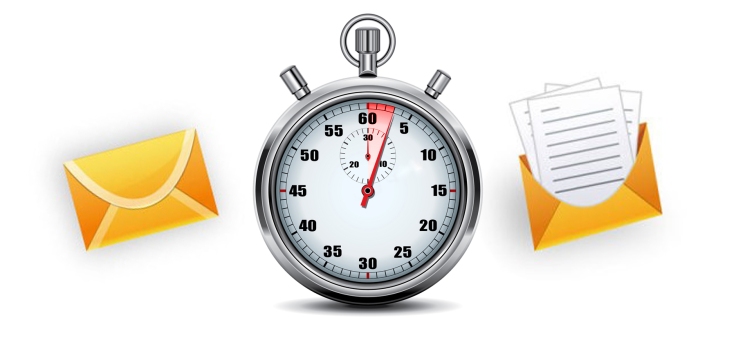![]()
It can never be said too often: The key to direct marketing is testing. And testing. And testing again. Yet, so many direct marketers rush into their campaigns and neglect this crucial aspect, leaving them with little to learn from.
Why you should test
Without a solid testing strategy, it’s difficult to know what’s working and why. And without that information, it’s even more difficult to make decisions about what you should do for future mailings.
For instance, let’s say you send a direct mail letter to your prospects and get a 25% response rate. A month later, you use an entirely new creative and response goes down to 10%. What caused this drop? Was it the new copy? The new design elements? What should you do differently next time?
Now imagine you instead tested each of those changes one at a time. As a simple example, you could mail half of your audience your existing “control,” and the other half the same package but with your new copy. You could then put the results against one another and know exactly how much that new copy increased or decreased response rate.
Run multiple tests at once
You can then increase efficiency by testing multiple changes at once, sending a certain portion of your audience the control, another portion getting a variation, another getting a different variation, and so on.
You could potentially split up your testing in this manner as much as you like. However, be careful not to spread your volume so thin that your results lose their meaning. (Needless to say, effort also has to be made to ensure the different segments of your audience are as similar as possible to one another.)
Keep learning, keep improving
Testing may feel slow, but it’s the only way to be sure of what you’re learning and better understand what works and what doesn’t. With just a little extra organization, planning, and strategy you’ll be rewarded with knowledge that will help make your future campaigns far more effective.
 They say you never get a second chance to make a first impression … and this holds true in marketing, as well. Research shows that we’ve got only 3 seconds to gain our prospect’s attention, then 12 more seconds for recognition.
They say you never get a second chance to make a first impression … and this holds true in marketing, as well. Research shows that we’ve got only 3 seconds to gain our prospect’s attention, then 12 more seconds for recognition. It’s no secret that personalizing your direct marketing communications will lead to more successful campaigns. The less people feel like they’re receiving an automated mass mailing, the more likely they are to respond to your offer.
It’s no secret that personalizing your direct marketing communications will lead to more successful campaigns. The less people feel like they’re receiving an automated mass mailing, the more likely they are to respond to your offer.

